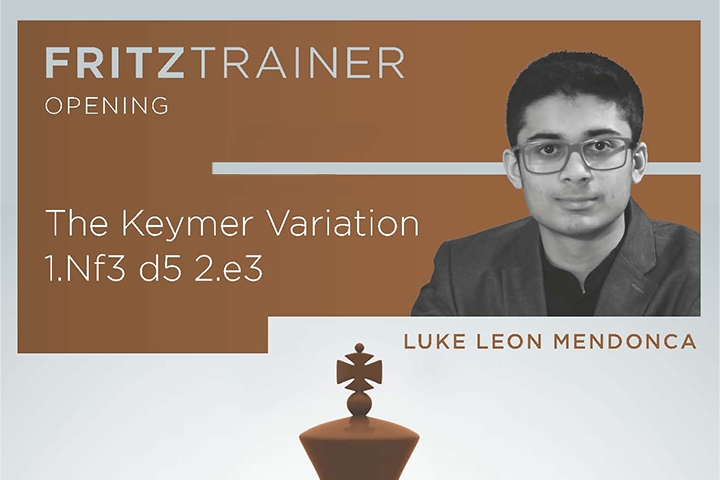


When I took my first steps in chess at the end of the 1980s and dived into the big, wide world of openings, I had no idea how close I was getting to a system that would become really popular only 35 years later: the Keymer Variation!
At that time I was playing on the Commodore 64 against the program "Colossus Chess 4.0", which often chose an opening with Black that I couldn't find in any of the books I knew, namely 1.e4 e6 2.d4 c5!
I later found out that the great Dane Bent Larsen played this way and that Grandmaster Soltis had christened this line "Franco Benoni", a mixture of French and Benoni.
In an attempt to make this line playable for White, I soon ended up with lines with 1.e3 and 2.c4, often also with the move sequence 1.Nf3. In my games positions often resulted from the Reti system or the Nimzo-Larsen attack. Maybe I even invented the "Franco Benoni Attack", later known as the "Keymer Variation"...
For a long time I forgot about this setup. It was only when Axel Smith's book "e3 Poison" was published in 2017, which deals very extensively with various ways of making this system work universally against the most common black setups, that my interest in this old weapon was reawakened!
Of course, by now it had become impossible to follow Vincent Keymer's rise to the top without noticing that he regularly opened with 1.Nf3 and 2.e3 especially in rapid and blitz chess, and with impressive success.
I was therefore delighted to learn that the young Indian grandmaster Leon Mendonca, born in 2006, has published a new ChessBase course devoted entirely to the "Keymer Variation - 1.Nf3 d5 2.e3".
In it Mendonca deals in detail with all of Black's setups, such as the attempts to actively position the white square bishop on f5 or g4, or to place it later on b7 after e7-e6. Special attention is, of course, paid to the setups in which Black seeks a healthy position in the spirit of the Slav or the Orthodox Queen's Gambit.
The trick here is that White can choose from a wide range of ideas: quiet positional play, for example against isolated or hanging pawns, is always on the agenda, as are aggressive setups with long castling and early Rg1 followed by g2-g4!
How dangerous this seemingly simple attack can be is impressively demonstrated by Grandmaster Mendonca in several of the games presented, with a sovereignty as if he had never done anything else but record instructive chess videos!
Among the victims of these flexible modern strategies are often well-known 2700+ grandmasters - there is no better proof of the playability of the Keymer Variation even at the level of "ordinary mortals"!
In addition to the 6 hour video course, the Fritztrainer app and repertoire database are included, allowing you to save key games and add them to your repertoire. Interactive tasks with video feedback make learning the Keymer Variation repertoire easier, as the user can actively answer questions and solve tasks as needed.
Conclusion: Grandmaster Mendonca describes the Keymer Variation as "an easy-to-learn yet poisonous weapon that will make your opening game more versatile".
I have nothing to add! If only I had had all these ideas in 1990!
| Advertising |